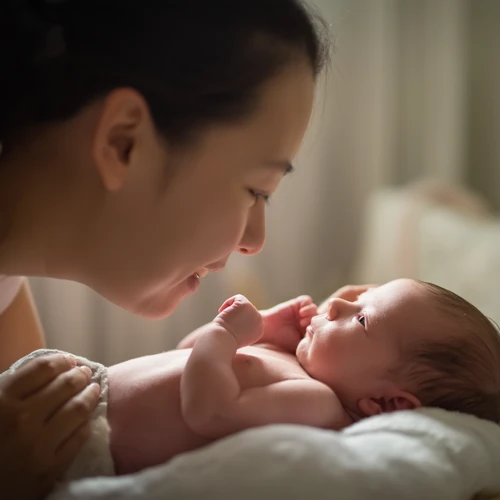Circumcision Aftercare: A Parent’s Guide
Undergoing a circumcision can be a moment of relief or anxiety for parents. The period right after the surgical removal of the foreskin is the most sensitive stage. Proper aftercare ensures healing, prevents infection, and keeps the baby comfortable.
1. Immediate Care (First 24 Hours)
- Keep the area dry but not exposed to direct heat or cold air.
- Use a damp, sterile gauze to gently wipe away blood or discharge. Avoid soaking wipes, as they may loosen the dressing.
- Change the diaper frequently – at least every 2–3 hours or whenever soiled.
2. Cleansing Schedule
After the first day, parents can introduce a mild, fragrance‑free cleanser. Apply a small drop on a fresh gauze and swab the inner shaft and the glans. Do this no more than twice a day. Over‑cleaning can irritate the delicate skin.
3. Dressing and Protection
Most pediatricians recommend a loose, breathable diaper that does not compress the surgical site. A barrier ointment (e.g., petroleum jelly) can prevent sticking of the dressing, but avoid antibiotic ointments unless your doctor prescribes them. Remove the dressing only if it becomes wet or saturated; otherwise, leave it in place.
4. Pain Management
Babies experience mild discomfort. A topical anesthetic at the time of surgery should be sufficient. For extra comfort, give your infant age‑appropriate pain relief as directed by your pediatrician. Holding the baby snugly and swaddling can also soothe crying episodes.
5. Watch for Signs of Complication
- Redness or swelling that continues beyond 48 hours
- Fever (above 100.4 °F/38 °C) or irritability
- Purulent discharge or foul odor
- Severe bleeding or sudden increase in bleeding
- Difficulty urinating or abdominal pain
If any of these signs appear, contact your healthcare provider immediately.
6. Long‑Term Care
As healing progresses, parents should keep the area clean and dry, but they can gradually reintroduce normal diaper changes. Most infants heal fully within 1–2 weeks. Once the tissue has regained its integrity, normal sexual activity and adult grooming practices can resume.
Regular follow‑up appointments are essential. Your pediatrician may use a lightweight instrument to gently re‑expose the glans to ensure no adhesions or tissue overgrowth, which can compromise sensation or cause future complications.
By following these straightforward steps, you’ll provide a nurturing environment that promotes quick and uncomplicated healing for your newborn.


